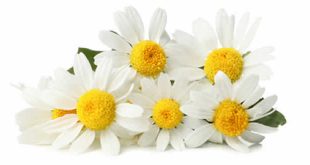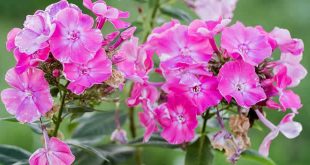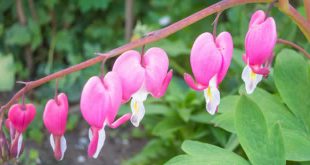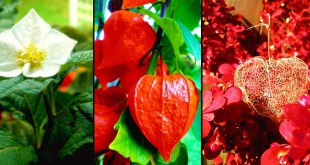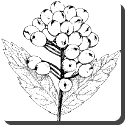 Bugbane — Bugbane(Actaea or Baneberry) is a genus of flowering plants belonging to the family Ranunculaceae, native to temperate regions of the Northern Hemisphere.
Bugbane — Bugbane(Actaea or Baneberry) is a genus of flowering plants belonging to the family Ranunculaceae, native to temperate regions of the Northern Hemisphere.
The genus is closely related to Cimicifuga and Souliea, and many botanists include those genera within Actaea (e.g. Compton et al. 1998, Compton & Culham 2002, Gao et al. 2006, RHS Plant Finder, 2007) based on combined evidence from DNA sequence data, similarity in biochemical constituents and on morphology; if included, the number of species in Actaea rises to 25-30. Other botanists (e.g. Hoffman 1999, Wang et al. 1999, Lee & Park 2004) reject this merger because only one group (Actaea) have fleshy fruit while the remainder have dry fruit. The genus is treated here in its narrow sense, comprising four to eight species.
Actaea rubra (Red baneberry) is a herbaceous flowering plant native from northern and western America in the family Ranunculaceae. These open woodland plants are upright growing with ternately branched stems with clusters of white flowers produced in mid spring. After flowering green berries are produced that turn bright red in mid summer or in the northern part of it’s range in late summer. Leaves are coarsely toothed and with deeply lobed margins. Plants produce one to a few stems, each stem will have either three leaves that branch near the top, or will have three compound leaves and one upright flowering stalk from one point on the main central stem. Plants are slow growing and take a few years to grow large enough to flower, they are found growing in moisture retentive or even in wet soils.
Plants are sometimes grown in shade gardens for the attractive berries and upright clump forming habit. The fruits and foliage are mildly poisonous containing berberin and other chemicals.
 Kids Portal For Parents India Kids Network
Kids Portal For Parents India Kids Network
